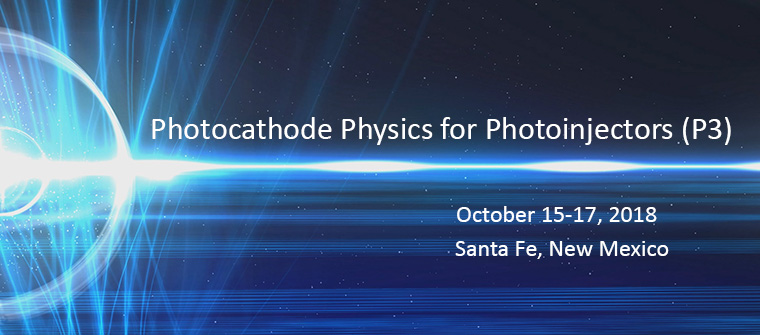Speaker
Description
Laser induced electron emission is important to the development of novel plasma and vacuum devices [1, 2],
compact electromagnetic radiation sources and accelerators, and time-resolved electron microscope. The rapid
development in nanotechnology and ultrafast laser optics has brought great opportunities to control electron
emission at ultrashort spatiotemporal scales and offers unprecedented scientific advances. This talk summarizes
recent development on the modeling of ultrafast electron emission, due to the arbitrary combination of a DC electric
field and a laser field [3]. Our exact solution is valid for general laser frequency and metal properties (work function
and Fermi level). Various emission mechanisms, including multiphoton absorption or emission, optical or dc field
emission, single-photon induced over-barrier emission, and various combinations of them, are all included in a
single formulation. Most recently, the theory has been extended to electron emission due to two-color laser fields,
where the effects of laser intensities, relative phase delay, and harmonic numbers are studied. Also highlighted are
recent modeling works on electron emission in vacuum geometric diodes [4] and field emission from carbon
nanotube (CNT) fibers in a finite cathode-anode gap [5]. Comparison with recent experiments will be discussed.

